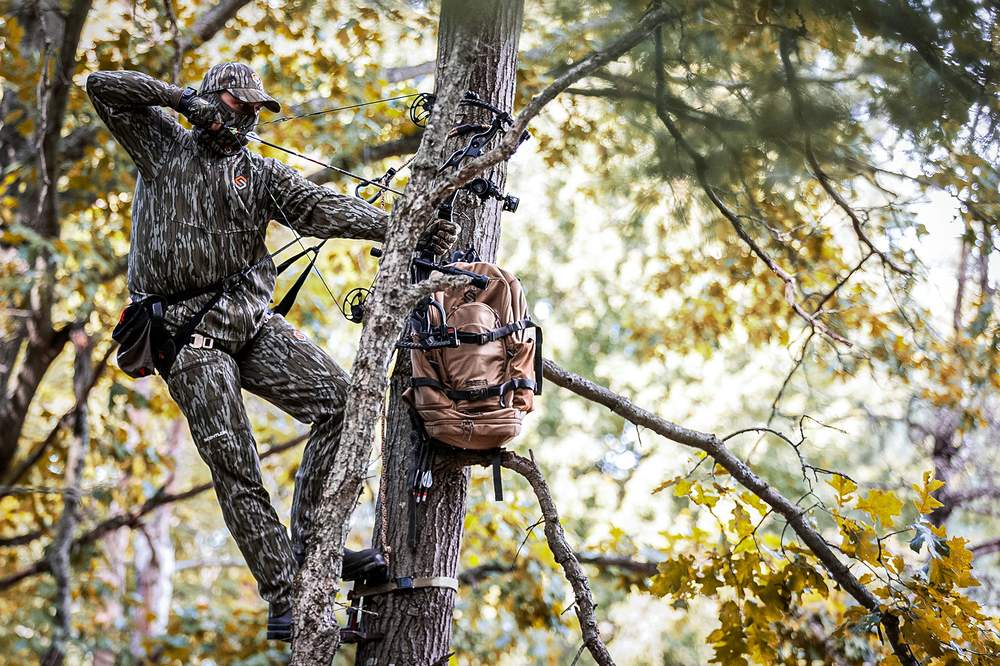When it comes to hunting, selecting the right cartridge can significantly affect your success and the ethical harvest of game. Two popular choices for medium to large game are the 6.5 PRC (Precision Rifle Cartridge) and the .300 WSM (Winchester Short Magnum). Each cartridge offers its own advantages and considerations, making them suitable for different hunting scenarios and preferences.
Let’s compare the performance of the two cartridges on wild game.
6.5 PRC Characteristics
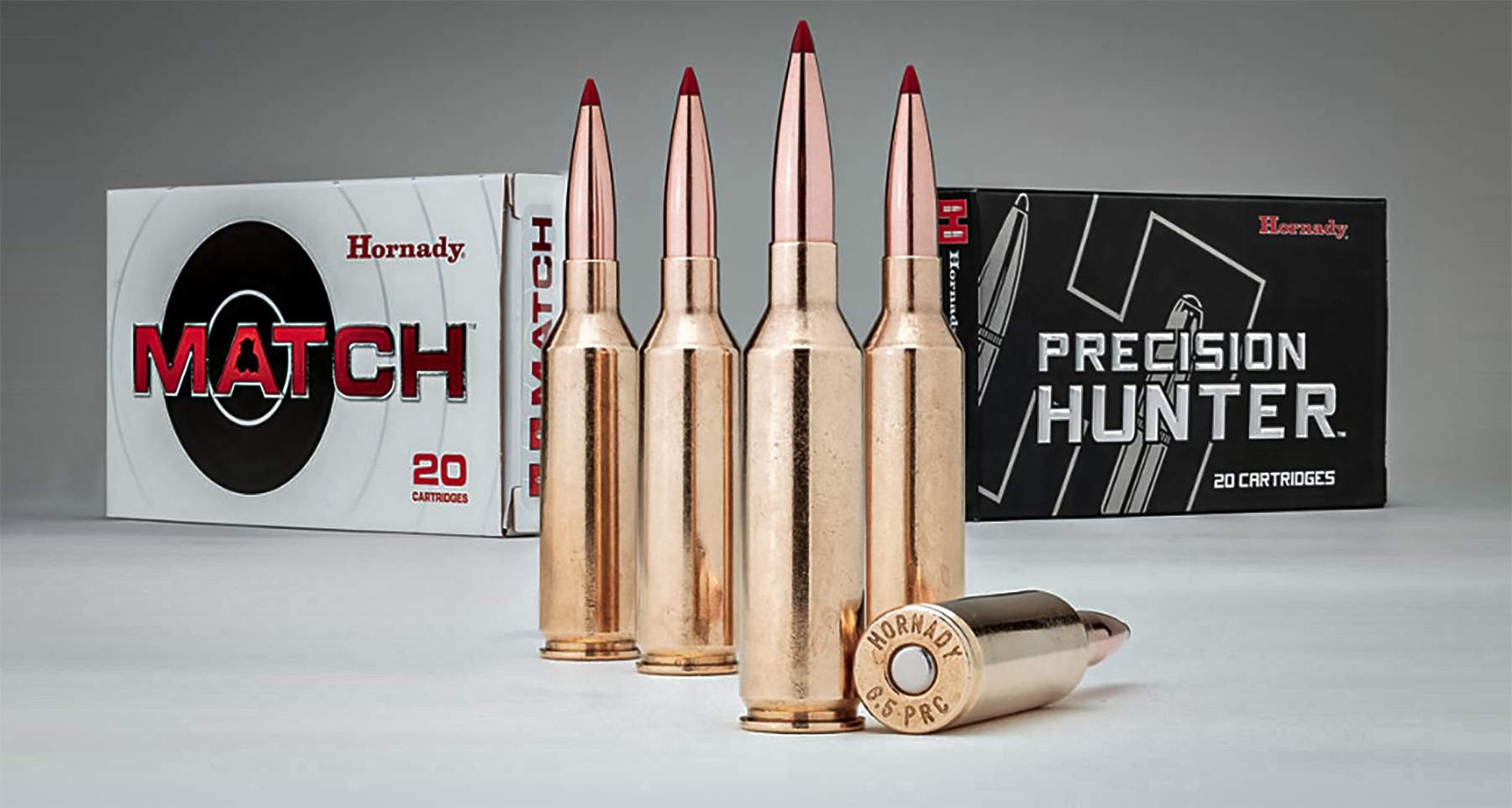
The 6.5 PRC has gained a reputation for long-range accuracy, manageable recoil and excellent ballistic coefficients. Developed by Hornady, this cartridge delivers strong performance, particularly at extended distances.
Terminal Performance
The 6.5 mm bullet diameter of the PRC, combined with its high sectional density and ballistic coefficients, results in excellent penetration and expansion. It is effective for medium-sized game such as deer, antelope and even elk at reasonable distances.
Long-Range Capabilities
With its high velocity and flat trajectory, the 6.5 PRC excels at long-range shooting. Hunters can confidently take shots at extended distances while maintaining accuracy and energy on target.
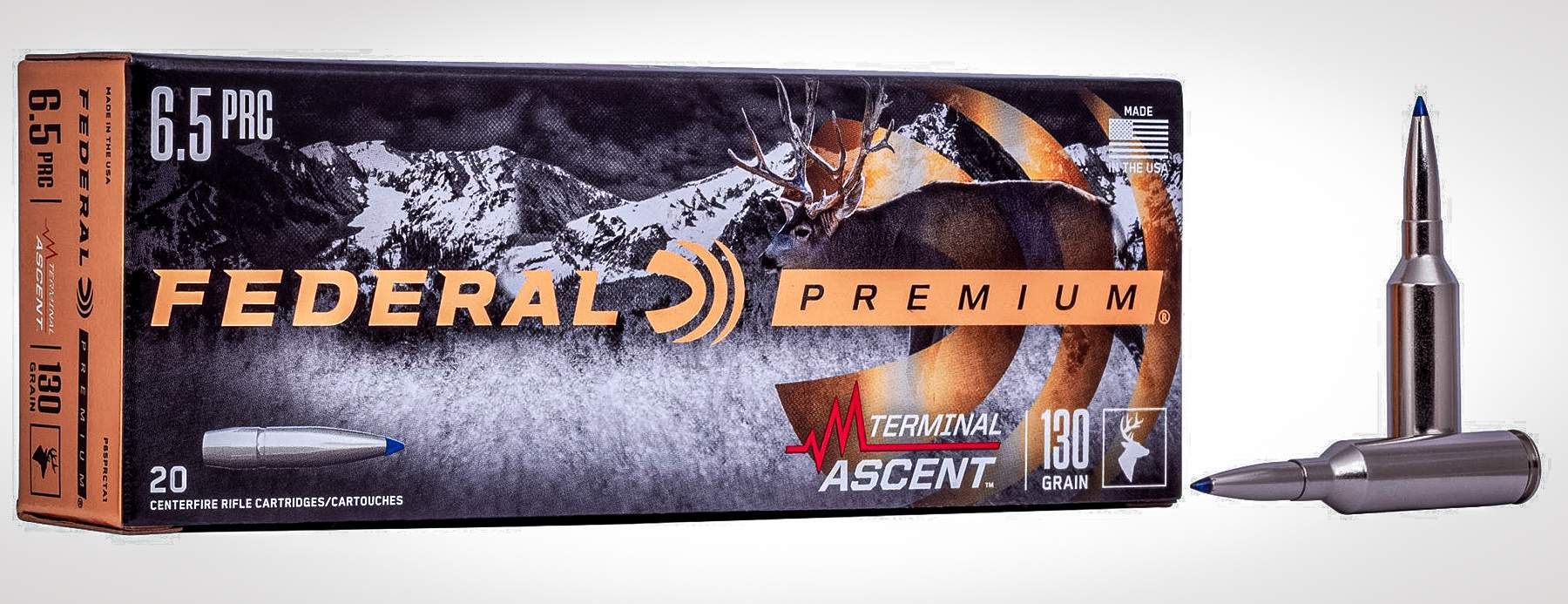
Recoil
Despite its impressive performance, the 6.5 PRC produces moderate recoil, which is manageable for most shooters.
Bullet Selection
A wide variety of high-quality hunting bullets are available in 6.5 mm caliber, giving hunters flexibility in choosing projectiles tailored to specific game and hunting conditions.
.300 WSM Breakdown

The .300 WSM is known for its versatility and effectiveness on a wide range of game, from medium-sized deer to large and dangerous species such as elk and moose. Here’s how it compares to the 6.5 PRC in hunting performance.
Terminal Performance
The .300 WSM delivers impressive stopping power thanks to its larger bullet diameter and heavier projectiles. It’s well-suited for hunting larger game at moderate to long ranges, offering deep penetration and significant energy transfer.
The case has a capacity of 79 grams of water, and the most common twist rate of 1:10 inches stabilizes bullets up to 190 grains with ease. The fastest loads achieved in a hunting rifle with 180- or 190-grain bullets reach about 3,000 feet per second when using a slow-burning powder such as Reloder 26.

Versatility
The .300 WSM is highly versatile, capable of taking a variety of game species with authority. Its broad range of bullet weights and types allows hunters to match ammunition to specific hunting conditions.
Short-Action Design
The Winchester Short Magnum design of the .300 WSM provides the benefits of a short, compact cartridge while maintaining impressive ballistics and performance. It is suitable for lightweight rifles and hunting in tight quarters where maneuverability is essential.
Recoil
Compared with the 6.5 PRC, the .300 WSM generates more recoil due to its larger powder capacity and heavier projectiles. While manageable for experienced shooters, it may be less comfortable for those sensitive to recoil.
Comparing the 6.5 PRC and .300 WSM
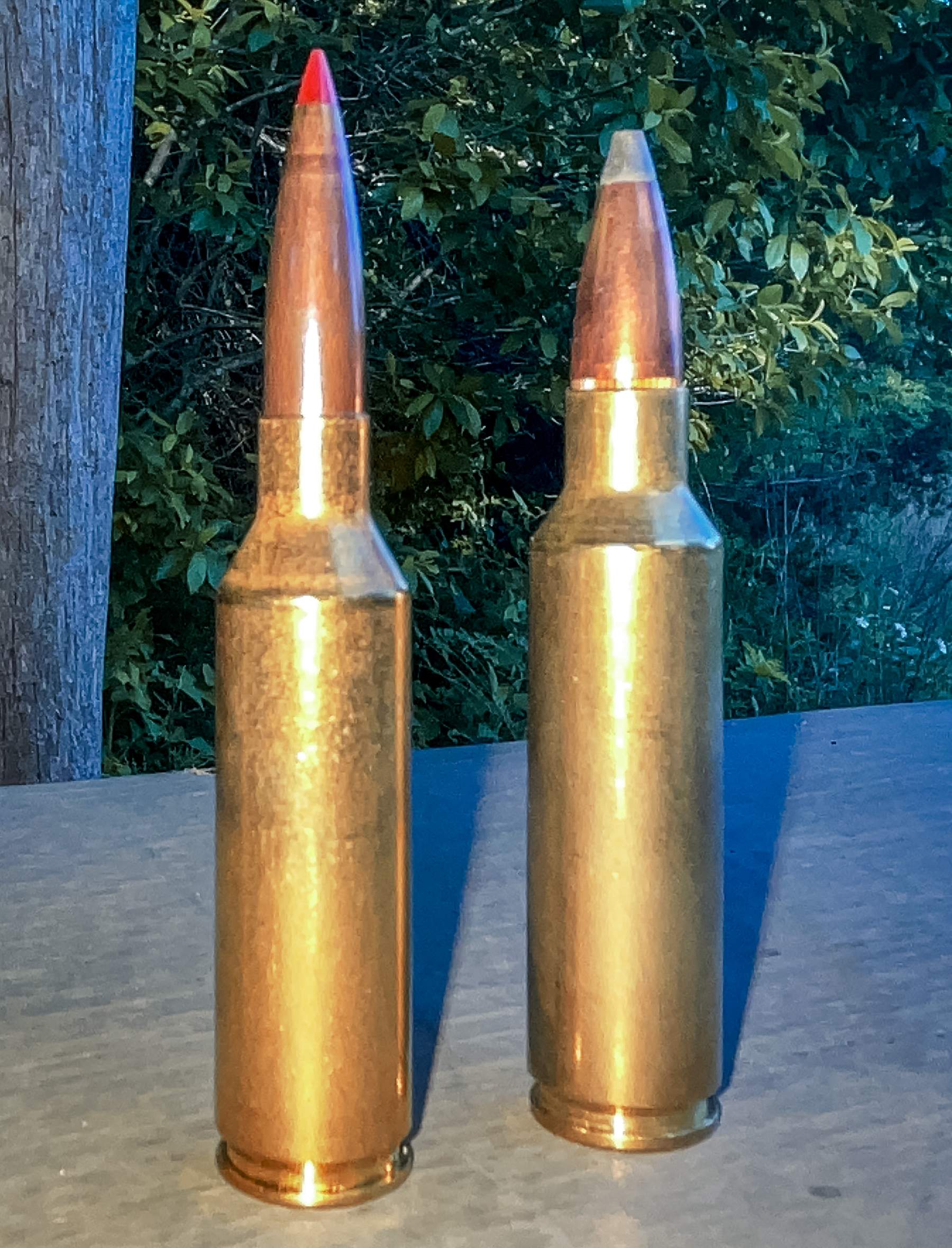
When comparing the 6.5 PRC and .300 WSM for hunting, several factors come into play.
Game Size
The .300 WSM is better suited for larger game such as elk, moose and bear, thanks to its larger bullet diameter and higher energy transfer. The 6.5 PRC is ideal for medium-sized game like deer and antelope, though it can be effective on larger species with well-placed shots.
Range
The 6.5 PRC excels at long-range shooting, offering superior accuracy and trajectory compared with the .300 WSM at extended distances. However, the .300 WSM provides ample energy and trajectory for most hunting scenarios within moderate ranges.
Recoil and Shootability
The 6.5 PRC offers lighter recoil compared with the .300 WSM, which may be preferable for shooters who prioritize shot placement and follow-up shots. Experienced shooters may find the .300 WSM’s recoil manageable and appreciate its versatility and stopping power.
Ammunition Availability
Both cartridges are widely available in factory-loaded ammunition, with a range of bullet weights and types to choose from. Reloaders will also find ample components and data for crafting custom loads tailored to their hunting needs.
Ballistic Comparison
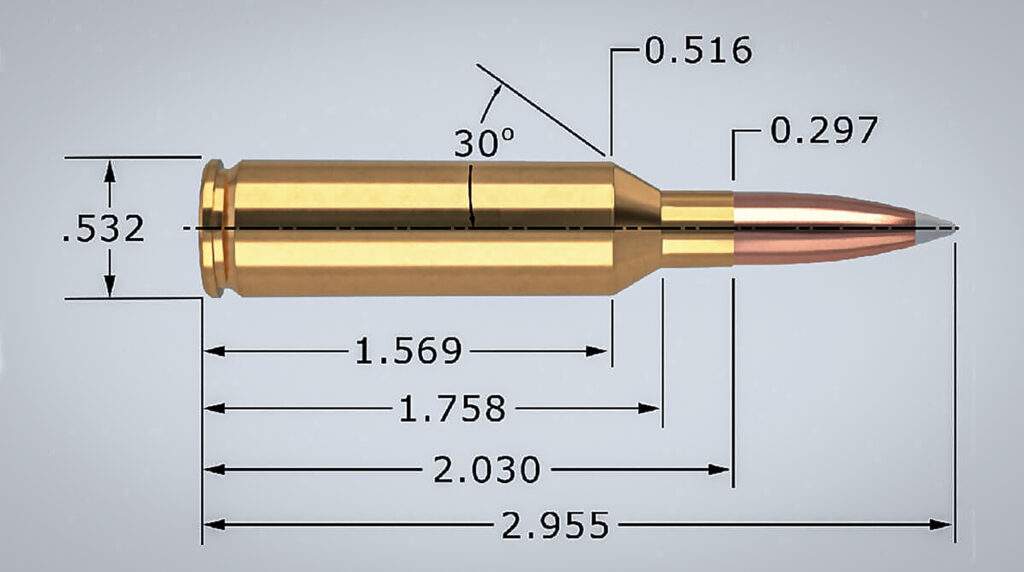
Comparing the terminal ballistics of the .300 Winchester Short Magnum and the 6.5 Precision Rifle Cartridge requires examining several factors, including bullet weight, velocity, sectional density and intended use.
Both cartridges are popular among hunters and long-range shooters for their performance, but they differ significantly in caliber and design philosophy.
The .300 WSM, developed by Winchester in 2001, was designed to deliver exceptional performance in a compact package. It is known for high velocity and a flat trajectory, making it popular among hunters who need a hard-hitting round with extended reach.
The .300 WSM typically fires bullets ranging from 150 to 220 grains at velocities exceeding 3,000 feet per second.
The 6.5 PRC, introduced by Hornady in 2018, was purpose-built for precision shooting and long-range hunting. It uses sleek, high-ballistic-coefficient bullets in the 6.5 mm caliber, known for excellent long-range performance and minimal wind drift.
The 6.5 PRC commonly fires bullets ranging from 120 to 147 grains at velocities above 3,000 feet per second.
One of the most important factors in terminal ballistics is sectional density, which affects penetration and overall performance. Sectional density is calculated by dividing a bullet’s weight (in pounds) by the square of its diameter (in inches).
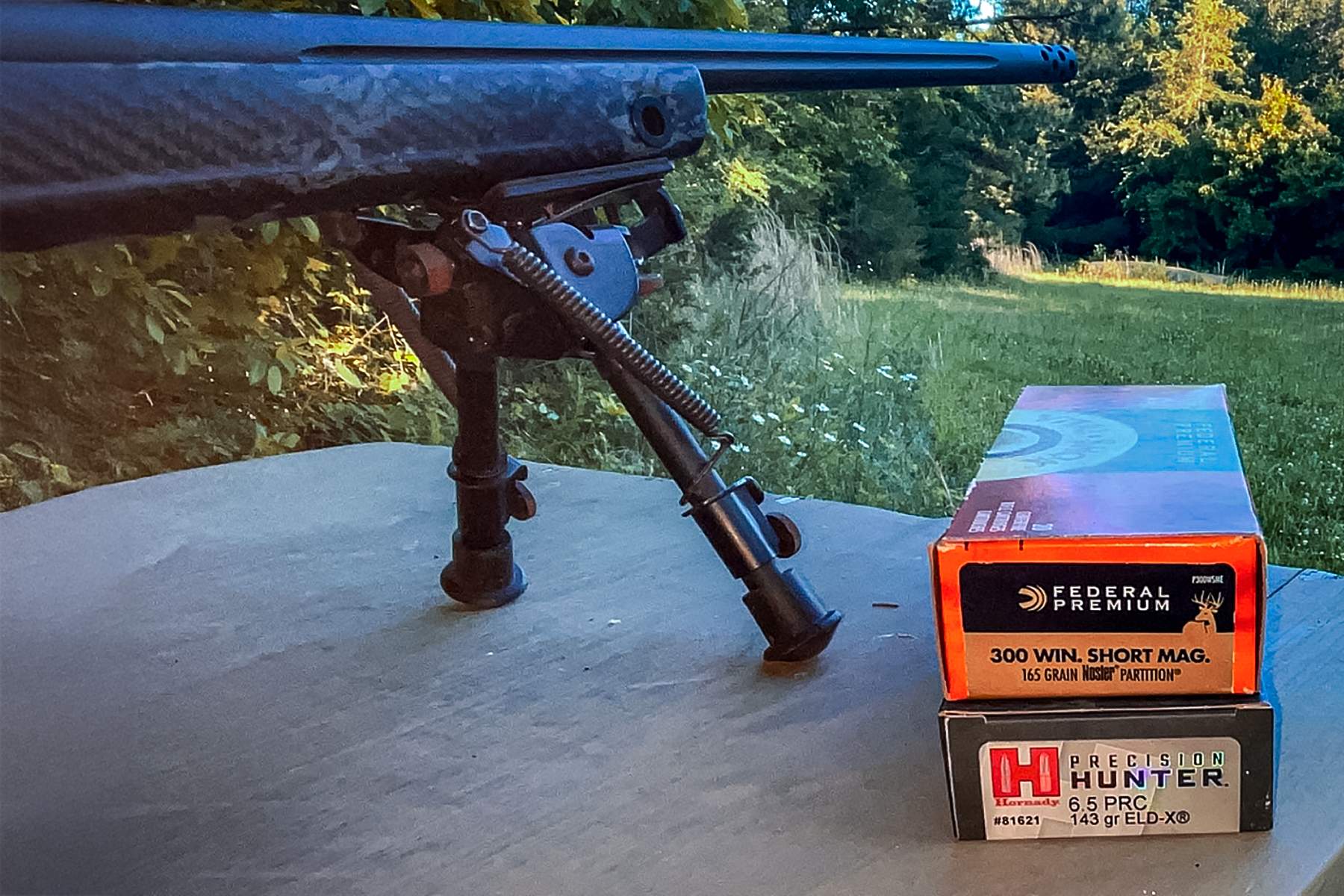
Generally, bullets with higher sectional density penetrate deeper and retain more kinetic energy downrange.
Although the .300 WSM fires heavier bullets, the 6.5 PRC often achieves comparable or even superior sectional density due to the high ballistic coefficients of its long, streamlined projectiles. This results in excellent penetration and retained energy, particularly at extended ranges.
Terminal Effect on Game
Both cartridges are capable of delivering lethal terminal performance, though their effectiveness varies depending on bullet design and impact velocity.
The .300 WSM, with its larger diameter and heavier bullets, can create larger wound channels and impart significant energy on target, making it ideal for hunting larger game such as elk, moose and bear at moderate to long ranges.
The 6.5 PRC’s smaller-diameter projectiles are designed for high sectional density and optimal ballistic performance.
While they may not create wound channels as large as those from the .300 WSM, the 6.5 PRC’s bullets often show controlled expansion, deep penetration and excellent weight retention, resulting in lethal terminal effects, especially at long distances where velocity remains high.
Velocity also plays a crucial role in terminal ballistics. Both the .300 WSM and 6.5 PRC achieve high velocities, contributing to their flat trajectories and long-range performance.
However, the 6.5 PRC typically maintains higher velocities at extended ranges due to its sleek, high-BC bullets and aerodynamic efficiency. This translates to more energy on target and better resistance to wind drift and bullet drop, enhancing long-range effectiveness.
The Takeaway

Comparing the .300 Winchester Short Magnum and the 6.5 Precision Rifle Cartridge reveals two distinct approaches to achieving high-performance results in hunting and long-range shooting.
The .300 WSM excels at delivering heavy, hard-hitting bullets with massive energy transfer, while the 6.5 PRC offers superior long-range performance, exceptional ballistic efficiency and controlled terminal effects.
Ultimately, the ideal cartridge depends on the hunter’s preferences, intended game and shooting conditions. Both are proven performers capable of accuracy, versatility and effectiveness in the field.



